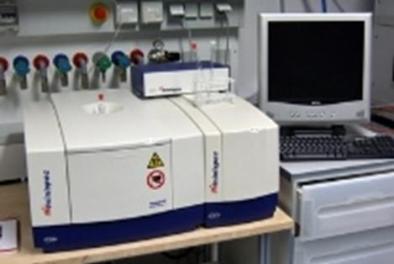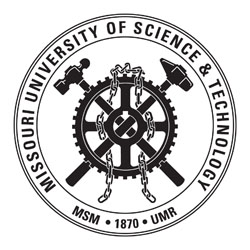1. Single-Molecule Imaging System
The Single-Molecule imaging system is developed in Missouri S&T. Fused-silica square capillary was developed to function as sample fracture for monitoring fluid flow behavior; the capillary was equipped with holder and tubing which was designed to fit the microscope stage. Briefly, A 20 cm long fused-silica, square capillary (Polymicro, phoenix, AZ, 53-μm i.d., 374-μm o.d.) was used for all experiments with 1cm window cleared in the middle. Larger outer diameter TFE tubing were glued to each end of the capillary; one end of the tubing was glued into a syringe needle to facilitate linking to buffer and sample reservoir and the other end was inserted into plastic vial as reservoirs. With this system, we can directly monitor the flowing behavior of natural gas, polymer solutions and surfactants in nano-pores.
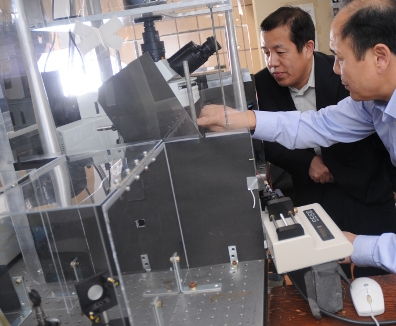 |
2. SEM/FIB Dual Beam System
Helios Nano Lab 600 builds on the success of FEI’s winning DualBeam series offering advances in the ion beam, electron beam, patterning and a range of features to make milling, imaging, analysis and sample preparation down to a nanoscale, standard applications in the lab.
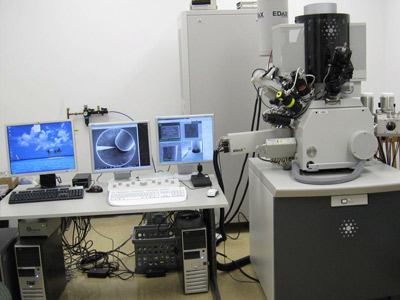 |
3. Transmission Electron Microscope (TEM)
Tecnai F20 STEM enables fundamental research within the scope of nanotechnology investigations down to the atomic level. TEMs are of paramount importance to obtain high magnification and high resolution 2D and 3D information of nano-level structures. Focusing on sub-90nm technologies, this system is configured for the highest S/TEM throughput.
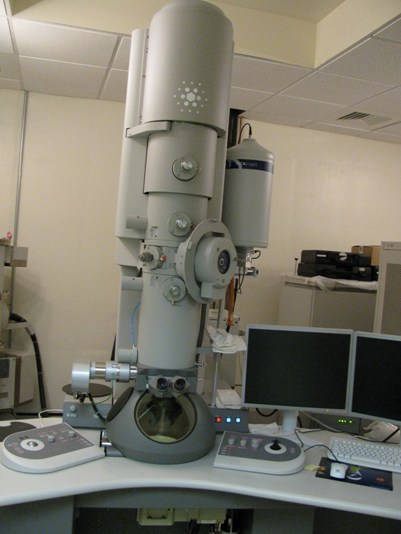
|
4. XRD
The x-ray diffractometers are available to provide phase identification and texture analysis. These instruments provide diffraction intensity data that can then be compared to the JCPDS and ICDD databases in the lab to confirm the phase identification. In addition, Rietveld analysis programs are available to provide quantitative analysis of mixtures.
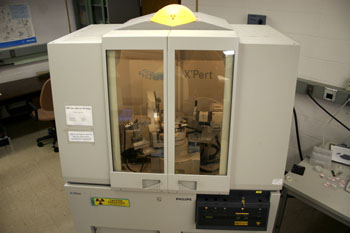
|
5. Mercury Injection Porosimetry System
PoreMaster 60 porosimeter generates pressure up to 60,000 psia for pore size analysis from over 950 micron to 0.0036 micron pore diameter. Two low pressure stations plus one high pressure station are available.
| |
6. Advanced Goniometer/Tensiometer
Ramé-Hart model 500 Advanced Goniometer/Tensiometer can accurately measure the contact angle and calculate surface and interfacial tension using a standard PC. DROPimage Advanced is methods-based allowing full control over every aspect of the experiment allowing for sophisticated dynamic and time-dependant studies. Results include surface tension, interfacial tension, contact angle, surface energies of solids, drop dimensions, volume and surface area, as well as surface dilatational elasticity and viscosity. Full control over the Automated Dispensing System and the Automated Tilting Base accessories is integrated into the software allowing them to be controlled via discrete controls or via a methods-based experiment.
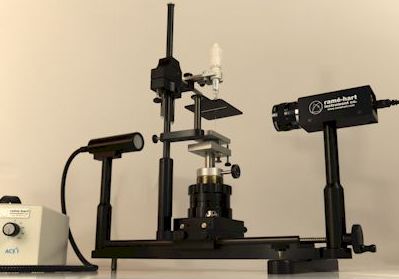 |
7. Low Field NMR Core Analysis System
Our low field (<20 MHz) NMR core analysis system can routinely measure the relaxation distributions in order to reduce artefacts caused by ferromagnetic material in the samples, and to mimic the operation of the NMR logging tools and privide insights about the pore distribution of various rocks.
